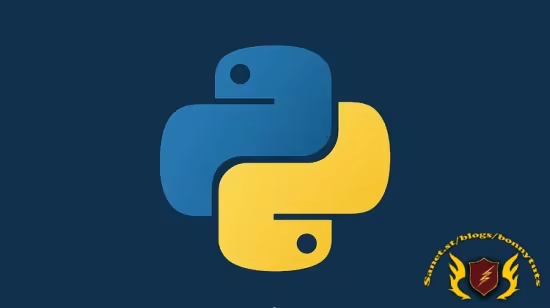 Published 10/2025
Published 10/2025Created by Taipa Gibon Huchu
MP4 | Video: h264, 1280×720 | Audio: AAC, 44.1 KHz, 2 Ch
Level: All | Genre: eLearning | Language: English | Duration: 79 Lectures ( 5h 41m) | Size: 1.93 GB
Build hands-on IFRS 9 models in Python — from Point-in-Time & Lifetime PD to Expected Credit Loss (ECL) with staging & m
What you’ll learn
Credit Risk Analysts & Modellers who want to move beyond SAS/Excel and apply Python in IFRS 9 modelling
Data Scientists seeking practical applications of machine learning and survival analysis in finance
Banking & Finance Professionals working in risk management, compliance, or regulatory reporting.
Students & Graduates in finance, statistics, actuarial science, or data science who want to build job-ready credit risk modelling skills.
Career Changers looking to transition into risk analytics or data-driven roles in financial services.
Requirements
No prior IFRS 9 knowledge is required — the course covers regulatory context along with the hands-on Python implementation. A basic understanding of Python, statistics, or credit risk will help you get the most out of the lessons.
Description
This course contains materials developed with the assistance of artificial intelligence (AI) tools.Unlock the power of Python for IFRS 9 Credit Risk Modelling.This course takes you step by step through the process of designing, developing, and implementing IFRS 9–compliant credit risk models using real-world techniques.You will learn how to:Build Point-in-Time (PIT) Probability of Default (PD) modelsExtend to Lifetime PD using macroeconomic driversCalculate Expected Credit Loss (ECL) under baseline & stressed scenariosApply IFRS 9 staging rules (Stage 1, Stage 2, Stage 3)Perform data preparation, feature engineering, and validation (ROC, KS, Gini, Brier Score)Write hands-on Python code with pandas, scikit-learn, and lifelinesThis is not just theory — you’ll work with datasets, code models from scratch, and finish with production-ready Python workflows that can be applied in banking and risk management.Unlock the power of Python for IFRS 9 Credit Risk Modelling.This course takes you step by step through the process of designing, developing, and implementing IFRS 9–compliant credit risk models using real-world techniques. You will learn how to:Build Point-in-Time (PIT) Probability of Default (PD) modelsExtend to Lifetime PD using macroeconomic driversCalculate Expected Credit Loss (ECL) under baseline & stressed scenariosApply IFRS 9 staging rules (Stage 1, Stage 2, Stage 3)Perform data preparation, feature engineering, and validation (ROC, KS, Gini, Brier Score)Write hands-on Python code with pandas, scikit-learn, and lifelinesThis is not just theory — you’ll work with datasets, code models from scratch, and finish with production-ready Python workflows that can be applied in banking and risk management.Who this course is for:Credit Risk AnalystsData Scientists in FinanceBanking & Compliance ProfessionalsStudents aiming for a career in Risk ModellingBy the end of the course, you’ll be able to:Build and validate IFRS 9 PIT & Lifetime PD models in PythonApply macroeconomic scenarios to forecast ECLAutomate staging and reporting logicConfidently apply Python in credit risk modelling roles
Password/解压密码www.tbtos.com
转载请注明:0daytown » IFRS 9 Credit Risk Modelling in Python: PIT,Lifetime PD,ECL